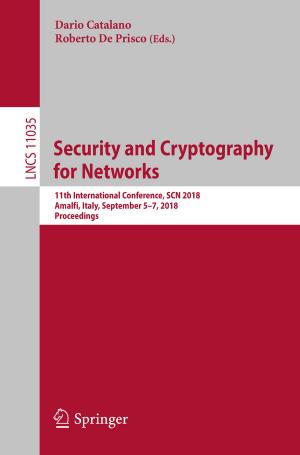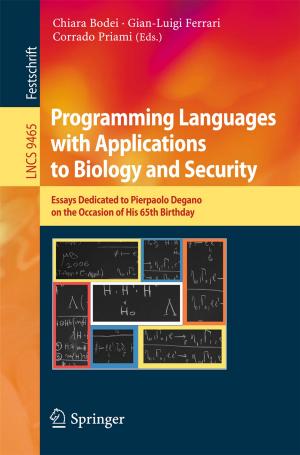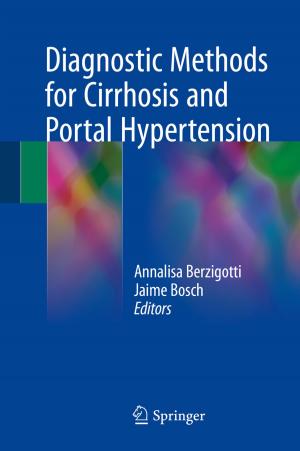Self-Sufficiency of an Autonomous Reconfigurable Modular Robotic Organism
Nonfiction, Science & Nature, Technology, Robotics, Computers, Advanced Computing, Artificial Intelligence| Author: | Raja Humza Qadir | ISBN: | 9783319102894 |
| Publisher: | Springer International Publishing | Publication: | September 25, 2014 |
| Imprint: | Springer | Language: | English |
| Author: | Raja Humza Qadir |
| ISBN: | 9783319102894 |
| Publisher: | Springer International Publishing |
| Publication: | September 25, 2014 |
| Imprint: | Springer |
| Language: | English |
This book describes how the principle of self-sufficiency can be applied to a reconfigurable modular robotic organism. It shows the design considerations for a novel REPLICATOR robotic platform, both hardware and software, featuring the behavioral characteristics of social insect colonies. Following a comprehensive overview of some of the bio-inspired techniques already available, and of the state-of-the-art in re-configurable modular robotic systems, the book presents a novel power management system with fault-tolerant energy sharing, as well as its implementation in the REPLICATOR robotic modules. In addition, the book discusses, for the first time, the concept of “artificial energy homeostasis” in the context of a modular robotic organism, and shows its verification on a custom-designed simulation framework in different dynamic power distribution and fault tolerance scenarios. This book offers an ideal reference guide for both hardware engineers and software developers involved in the design and implementation of autonomous robotic systems.
This book describes how the principle of self-sufficiency can be applied to a reconfigurable modular robotic organism. It shows the design considerations for a novel REPLICATOR robotic platform, both hardware and software, featuring the behavioral characteristics of social insect colonies. Following a comprehensive overview of some of the bio-inspired techniques already available, and of the state-of-the-art in re-configurable modular robotic systems, the book presents a novel power management system with fault-tolerant energy sharing, as well as its implementation in the REPLICATOR robotic modules. In addition, the book discusses, for the first time, the concept of “artificial energy homeostasis” in the context of a modular robotic organism, and shows its verification on a custom-designed simulation framework in different dynamic power distribution and fault tolerance scenarios. This book offers an ideal reference guide for both hardware engineers and software developers involved in the design and implementation of autonomous robotic systems.















